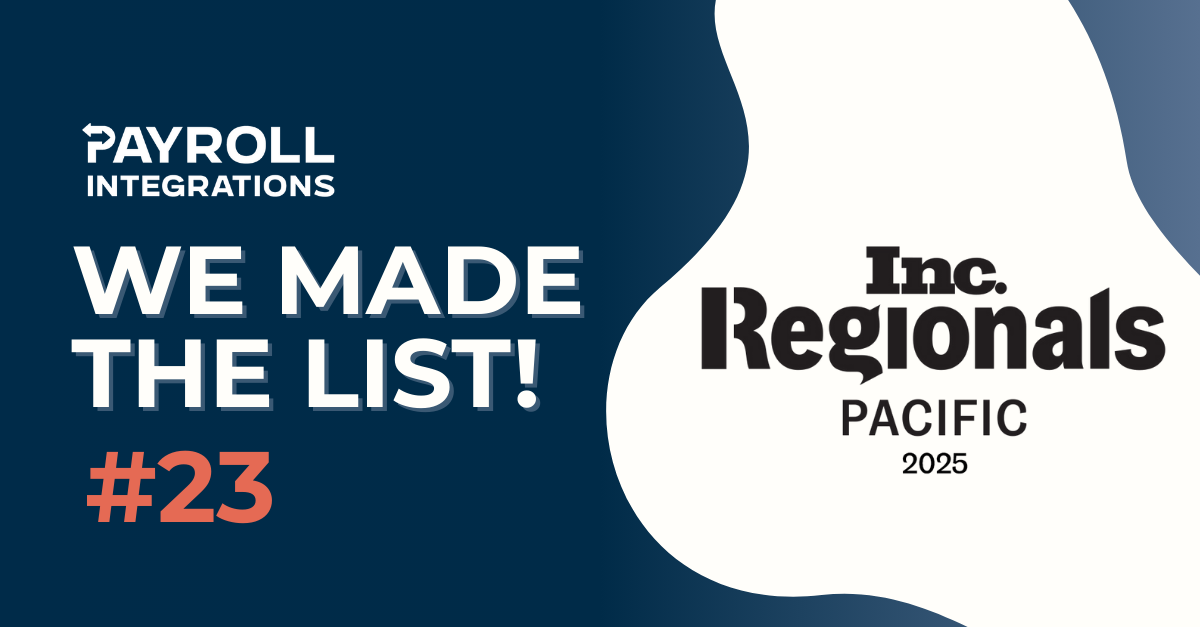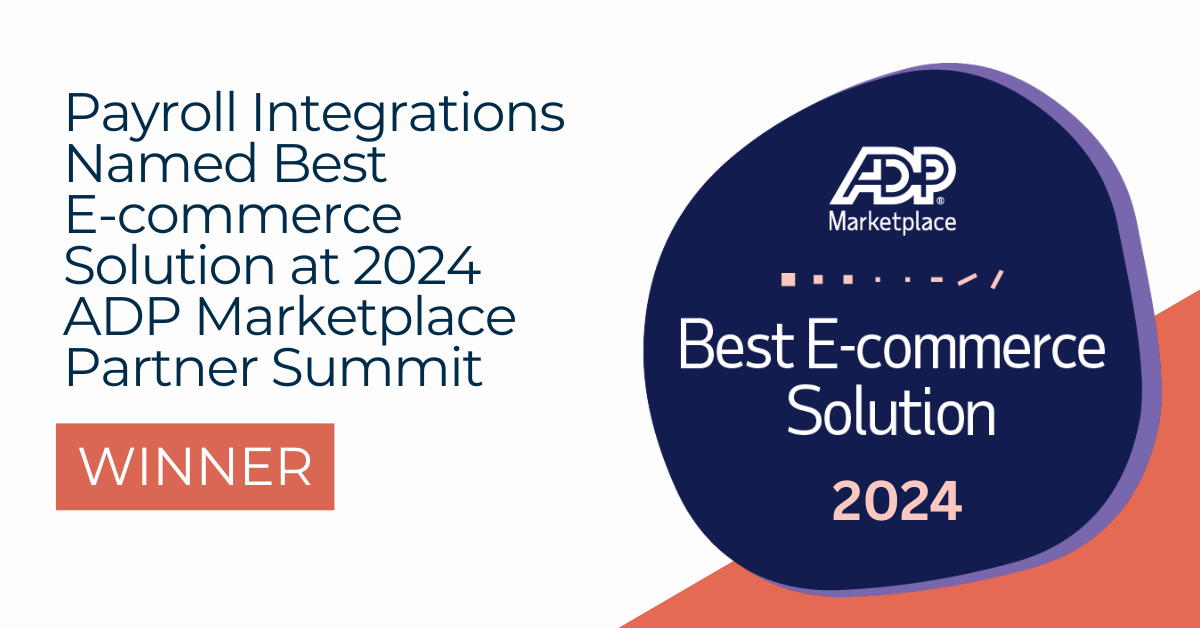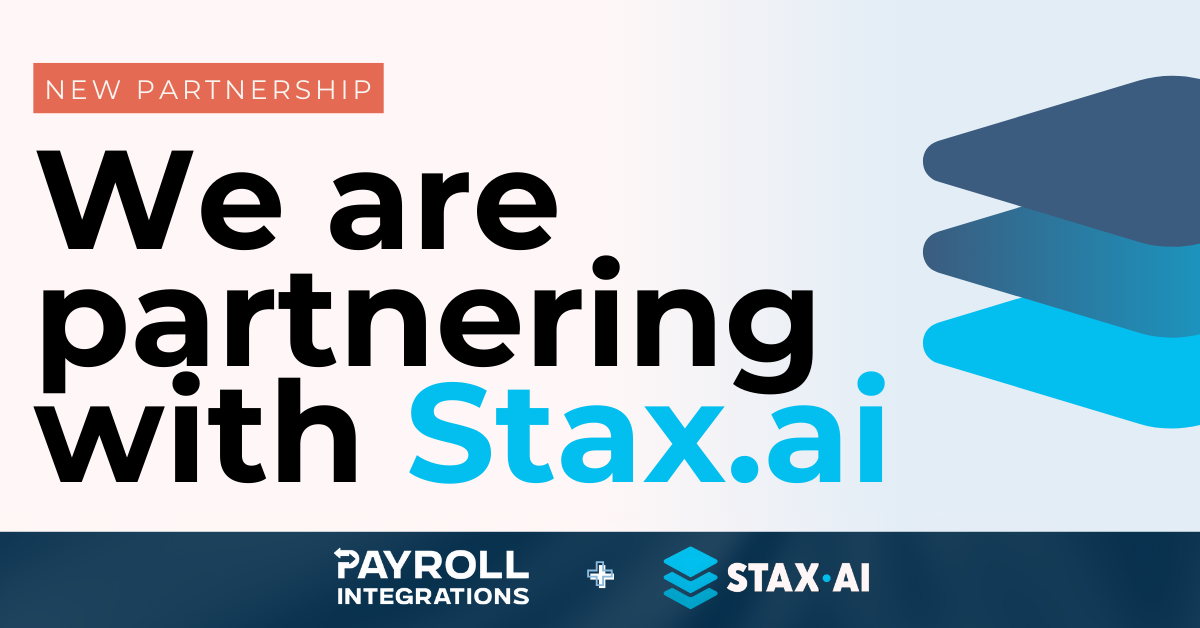FinTec Buzz Interview with Doug Sabella
Witness how payroll automation simplifies HR tasks, boosts employee satisfaction, and helps companies stay ahead of changing regulations with ease.
This interview was first published in FinTec Buzz
Q: Hi Doug, welcome to Fintec Buzz! Could you share your professional experience and your journey of becoming CEO at Payroll Integrations?
I started my career in product management and worked at a few technology companies before joining Salesforce. At the same time that I was working as a product manager at Salesforce my good friend, and now co-founder, Andrew Hallengren was a registered investment advisor working in the benefits space.
In his role, Andrew worked with employers on their benefit plans–many who were still manually onboarding employees and managing payroll and benefits. He found that HR teams were not only spending most of their day on this administrative work, but that manually completing these tasks resulted in mistakes across employees’ payroll and benefit plans.
The idea for Payroll Integrations came out of conversations Andrew and I had about this–that there had to be a better way to simplify payroll and benefits processes. Between Andrew and I, we had the experience in product management and the industry knowledge to solve this problem–so we started the company in 2016.
Q: How has the Secure 2.0 Act influenced the way companies approach payroll and benefits administration?
The Secure 2.0 Act has introduced new ways for companies to help employees save for retirement, like automatically enrolling employees into retirement plans at a minimum of 3% of their pay and auto-transferring retirement funds when an employee changes jobs. The new law also allows companies to offer emergency savings accounts as part of retirement plans and introduce retirement matching for student loan payments, among other things.
Read More: What is Secure Act 2.0: 10 Changes Your HR Team Needs to Know
These new offerings are important to improving the financial security of every employee, but they also add a great deal of administrative work to HR teams’ already very full plates. This is because so many HR teams are still heavily reliant on spreadsheets and manual files to onboard employees to benefit plans, make payroll deductions and manage employer contributions.
The need to stay compliant with Secure 2.0 has certainly made many companies rethink a manual approach to payroll and benefits and opt to automate these processes with technology.
Q: What role does Payroll Integrations play in ensuring companies can seamlessly comply with Secure 2.0?
Our technology has pre-built integrations with the largest and most widely-used payroll companies and retirement providers in the U.S., including ADP, Quickbooks Online, Paychex, Empower and Transamerica. Companies can instantly transfer information between payroll systems and retirement providers, which speeds up compliance with SECURE 2.0 requirements like auto-enrollment and the automatic transfer of retirement plans.
SECURE 2.0 has also updated retirement plan eligibility based on factors like age and length of employment and introduced new employer-sponsored retirement offerings. With Payroll Integrations, companies can run quick eligibility checks for employees and seamlessly integrate these new offerings.
Q: How does Payroll Integrations simplify the administration of evolving employee benefit programs such as 401(k)s, HSAs, and other tax-advantaged accounts?
Just as our technology connects payroll systems with retirement providers–we can also extend these payroll integrations to other benefit plans, like HSA and FSAs. The power in these integrations is that the data needed to onboard employees to benefit plans and make contributions is automatically exchanged–HR teams don’t need to manually enter and review every piece of data.
According to Payroll Integrations’ Financial Wellness Report, these payroll and benefit-related administrative tasks take HR managers 12 hours on average every week, with 27% of them saying they spend 20 hours or more. That’s up to half of their work week taken up by administrative work.
Payroll Integrations eliminates these time-consuming administrative burdens–across benefits–so HR teams can focus more of their time interacting with employees and expanding benefit programs to improve their financial wellness.
Q: Can you share a bit more about how automating payroll and benefit processes helps companies to meet employees’ rising expectations for flexibility and personalization in benefits offerings?
When employees don’t have to worry about the administrative burden of implementing new benefits, they can expand their offerings and programs as much as they’d like. Typically, adding new benefits to a company’s roster would mean hours of administrative work for HR teams. When those processes are automated though, companies can make their benefits as diverse as their employees.
And they should.
Employees each have their own priorities when it comes to the benefits that matter most to them, and we see that’s especially true across different generations. For example, while Boomer-aged employees (ages 59+) are prioritising pension and retirement planning, Gen Zers (ages 18-26) value budgeting tools and student loan reduction assistance.
Companies’ ability to meet these benefit priorities can make or break an employees’ decisions to stay with a company–or even accept an offer. According to Payroll Integrations’ 2024 Employee Financial Wellness Report, ninety percent (90%) of employees say there’s at least one benefit that, if not offered, would keep them from accepting a job.
With HR teams automating hours of payroll and benefit processes, they have the time to have conversations with employees and ensure their benefit offerings are aligned with what employees value most.
Q: What are the most common mistakes companies make when managing payroll and benefit processes, employee benefit expectations and regulatory requirements?
When companies manually tackle these HR processes, they’re more likely to make mistakes. For example, this could be wrong name spelling on a benefit plan, an incorrect deduction from payroll or delays in benefit onboarding–all which can have a major impact on employees. In fact, one-third of employees have experienced a payroll or benefits mistake–and more than half of them say that it took a week or more to fix. This is why we’re seeing more and more HR teams lean into technology–not only to give them more time back, but to ensure that data is accurate and employees’ benefits are always up-to-date.
Another mistake companies run into, especially with employee benefit expectations, is that they implement benefits that the company deems important. But, these don’t always align with employees’ benefit priorities. This can be an easy fix for companies if they can talk directly with employees and understand their values–and bring that feedback back into their benefits.
Q: What are your predictions for payroll and employee benefit integrations in the future, and how should businesses prepare to lead the way with these changes?
The benefits landscape will continue to transform. The benefits that employees prioritize now will change–just as they have from 10 years ago. As companies continue to add benefits that employees value, they will have to ensure their technology is ready on the backend to keep up with these changes. Beyond payroll and benefits, we’ll see AI and automation grow beyond automating HR’s administrative tasks, to impact other parts of their job as well.
Q: What advice will you give to companies that are starting to integrate technology into HR processes?
Companies that are starting to integrate technology to address the administrative hassles of payroll and benefits–as well as other HR processes– should do so little by little to ensure teams have the time to learn the ins and outs of each tool. Integrating these tools at a slower pace will drive more efficiencies and cause less disruption in the long-term.
Onboarding these tools is not a one and done process, either. Companies need to make sure they’re continuing to train employees on the technology they use–especially when it comes to AI–so employees can maximize their work with the technology as it evolves.
A quote or advice from the author : Financial wellness has never been so important to employees–and it’s up to employers to help support their financial well-being. This starts with companies leaning more on technology to automate their administrative HR tasks so they can focus more on understanding employees’ financial priorities and expanding benefit offerings and financial wellness programs to align with them.


